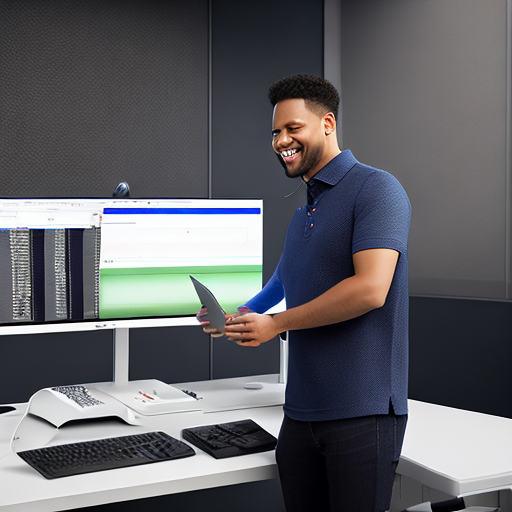 06 May
06 May
Are your website visitors bouncing because images are taking forever to load? Do you suspect your site isn’t ranking as high as it should in search results, despite great content? In today’s digital landscape, a slow-loading website is a significant barrier to both user engagement and online success. Images play a massive role in how quickly your pages load – and they significantly impact the overall user experience.
Traditional image optimization focused primarily on compressing images to reduce file size. However, this approach often fails to address the core issue of displaying the correct image version for each device or screen resolution. Large, unoptimized images contribute heavily to slow page load times, a critical factor in user abandonment rates and negatively impacting your website’s SEO performance. Google’s PageSpeed Insights regularly flags oversized images as a major cause of poor scores.
Responsive image optimization is the process of delivering the most appropriate image version to each device or viewport based on its screen size, resolution, and pixel density. Essentially, it’s about serving a tailored image experience – ensuring that users always see the best quality image without unnecessary bandwidth consumption or slow loading times. This goes beyond simply resizing images; it involves strategically using techniques like srcset attributes, sizes attributes, and elements.
| Technique | Description | Benefit |
|---|---|---|
| srcset + sizes | Combines multiple image sources with size descriptors to optimize delivery based on device characteristics. | Best balance of performance and quality; supports various devices efficiently. |
| Lazy Loading | Loads images only when they are in the user’s viewport, improving initial page load speed. | Reduces bandwidth usage and improves perceived loading time. |
| Allows serving different image formats (e.g., WebP) based on browser support and device capabilities. | Maximizes compatibility and utilizes the most efficient format for each device. |
Google considers website speed a key ranking factor. A fast-loading website provides a better user experience, which directly correlates with improved search engine rankings. Images contribute significantly to page load time, and responsive image optimization is crucial for achieving optimal performance. Studies have shown that websites with faster loading speeds tend to rank higher in search results. For example, research by Neil Patel indicates that site speed can account for as much as 68% of your Google ranking factors.
Several high-traffic websites have successfully implemented responsive image optimization, demonstrating its tangible benefits. For instance, the BBC utilizes WebP format extensively through their content delivery network (CDN), resulting in significantly faster loading times and improved user experience – particularly on mobile devices.
Another compelling case study is that of a large e-commerce retailer. By implementing responsive images with srcset and sizes attributes, they reduced page load times by an average of 30%, leading to a noticeable decrease in bounce rates and an increase in conversion rates. Their website now consistently scores high on Google PageSpeed Insights.
Here’s a step-by-step guide to implementing responsive image optimization:
Responsive image optimization is no longer an option; it’s a necessity for any website aiming for optimal performance, user experience, and SEO success. By strategically delivering the correct images to each device, you can significantly reduce page load times, improve Core Web Vitals, and boost your search engine rankings. Ignoring responsive images leaves your site vulnerable to slow loading speeds and ultimately, frustrated users.
Q: What is WebP? A: WebP is a modern image format developed by Google that offers superior compression and quality compared to traditional formats like JPEG and PNG.
Q: How does lazy loading work? A: Lazy loading delays the loading of images until they are visible in the user’s viewport, improving initial page load time.
Q: Should I still use JPEGs or PNGs? A: While WebP is generally preferred, you can still use JPEGs and PNGs if browser support is a concern. However, always optimize them to the best possible quality for your specific needs.
Q: How do I test my image optimization? A: Use tools like Google PageSpeed Insights, GTmetrix, or WebPageTest to analyze your website’s performance and identify areas for improvement regarding images.
0 comments